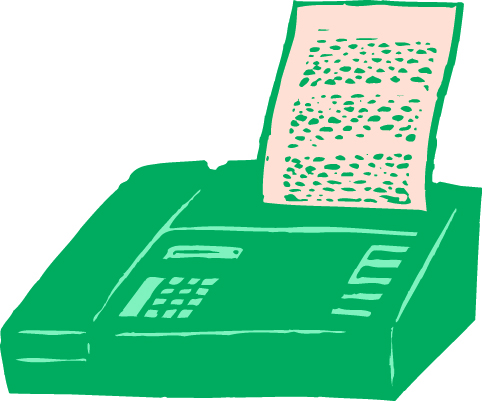With the WordPress product marketplace growing steadily each day, and a myriad of solutions becoming available for almost every conceivable need, the “competition” between offerings in similar spheres is becoming more significant and, frankly, more relevant.
When weighing up two similar products—particularly software products—many people tend to look at the feature lists, compare notes, and make a decision based off of the features offered…because having more features is often (mis)perceived as having “more value.”
Today, we’ll be discussing the concept of adding sustainable value to WordPress products, and debunking the myth that increasing the number of features will equal added value.
Features != Value
This is the most important point to note when discussing value, especially of the sustainable variety:
Adding a feature to your product does not directly increase its value.
In an example scenario, take a single fax machine. Does adding copy and scan functions to this fax machine make it fax clearer, quicker or better? No, it doesn’t.
On its own, adding these functions to the fax machine doesn’t help the machine’s primary function. In addition, it also only increases the perceived value of the product for those customers who require copying, scanning, and faxing—all in a single machine.
This begs the question:
how does one decide whether or not to add a feature into a WordPress product?
The answer—as I see it—lies in understanding the core purpose of the plugin.
If the feature-in-question doesn’t directly relate to the core feature, it should be a separate product, available for purchase to those who require the feature it offers.
Let’s further explore the idea of isolating value.
True value is contextual
When attempting to add value, there is no singular unified recipe. Its in the context of the product in question where true value can be seen.
Reusing the fax machine example above, how valuable is that single fax machine, if left alone on your kitchen counter? Not very valuable.
Enter the second fax machine.
Now your fax machine has a partner—a friend with whom it can communicate. Both fax machines now have value, increased exponentially by the number of fax machines each can connect to.
It still only faxes (no copying or scanning), yet it has increased greatly in value.
What do fax machines have to do with WordPress?
WordPress has the wonderful ability to compartmentalize functionality into small chunks we all know as plugins. A single plugin doesn’t need to do it all. It can interact with other plugins installed on a given WordPress environment.
While these two points may seem obvious, it is important to remember them and keep them at the forefront of one’s thought process when assessing value.
If you have a plugin that, for example, stores and displays testimonials from your customers, does this plugin need to provide an advanced GUI for customizing the HTML markup of each testimonial? No, it doesn’t.
Not all customers will want to use this, so it could become dead code, sitting on the server doing nothing. This is commonly referred to as “code bloat.”
Each plugin should have a singular purpose and do that job amazingly.
Value == Harmony
True and sustainable value in WordPress products lies in the harmony within which the products coexist.
If you want customers to submit testimonials via a form on your website, that’s great. Use a plugin such as Gravity Forms or Ninja Forms, have the form set up to save to the post type used by your testimonials plugin and apply the necessary custom fields.
You now have 2 plugins working hand in hand with each other to achieve your desired outcome. I’d say that’s pretty valuable.
Value is not what the customer could potentially do with your product, it’s what they want to do with it (i.e. their needs).
With each plugin you add into the mix, the value of each of the pieces (plugins) increases. You could use a plugin, such as WooSlider, to fade your testimonials in and out within a widget in your blog’s sidebar. You could also use a plugin, such as WooSidebars, to control where and when your testimonials widget is displayed.
The value is in the harmony, and the harmony is in combining the various puzzle pieces in order to view the bigger picture.
In conclusion…
Sustainable value can be found at the intersection of harmony between plugins, elegant combinations, and the overall bigger picture.
 Chief Product Officer at WooThemes. I’m a WordPress and web developer who loves making things work, creating WordPress plugins that answer the question “wouldn’t it be cool if” and pushing the boundaries within the WordPress and digital space. I’m an avid musician and a somewhat occasional blogger as well. Lover of punk rock, innovation, business and 80s/90s cartoons.
Chief Product Officer at WooThemes. I’m a WordPress and web developer who loves making things work, creating WordPress plugins that answer the question “wouldn’t it be cool if” and pushing the boundaries within the WordPress and digital space. I’m an avid musician and a somewhat occasional blogger as well. Lover of punk rock, innovation, business and 80s/90s cartoons.




7 Comments
Join the conversation